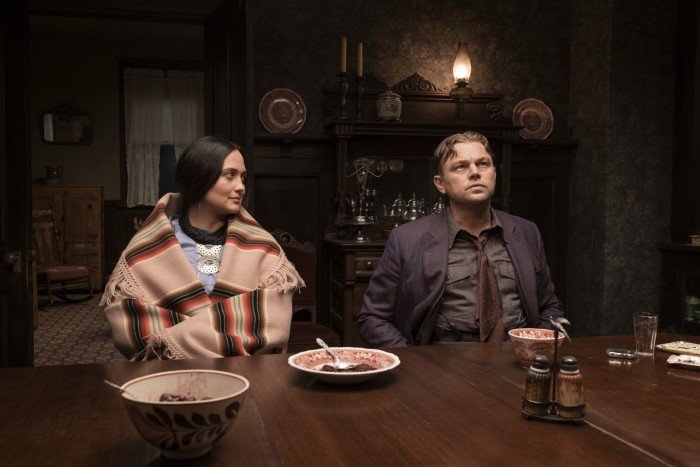More than three years since Apple’s film CODA won the best picture Oscar, the tech company has hit another Hollywood milestone: its first summer blockbuster.
F1, starring Brad Pitt and Damson Idris, has taken in more than $200mn at the global box office since it opened on June 27 and is expected to pass $300mn this weekend. “This is a movie that will run and run and run,” said Jeff Goldstein, distribution chief at Warner Bros, Apple’s partner on the film. “There’s a lot of gas left in the tank.”
It gave Pitt the best opening weekend in his 37-year acting career and is by far Apple’s best box office showing. By pairing Jerry Bruckheimer — the producer behind hits Top Gun and Beverly Hills Cop — and Joseph Kosinski, the director of Top Gun: Maverick, Apple showed it was serious about filling cinema seats this summer.
Apple is also nearing another potential milestone: making money from a big-budget movie. F1, co-produced by Pitt’s Plan B Entertainment (now controlled by French media group Mediawan) and Jerry Bruckheimer Films, had a production budget of more than $200mn, and distribution costs are estimated at more than $50mn.
The company’s decision to release the film as a premium on-demand video before it moves to the Apple TV+ streaming service should bring in additional revenue.
“With F1, they were looking for something very commercial,” said a person close to the studio. “This has proved that they can do theatrical [releases].”
Apple had a lot to prove on that point. In 2023, chief executive Tim Cook travelled to Cannes for the premiere of Martin Scorsese’s Killers of the Flower Moon before it was rolled out to more than 3,600 cinemas in the US and thousands more worldwide.
With a budget of more than $200mn, Killers seemed to be a statement of Apple’s intent in the movie business — but it generated only about $160mn in gross box office receipts worldwide. It was followed by two other big-budget releases, Argylle and Ridley Scott’s Napoleon. Both were considered commercial disappointments.
The performance of those films compounded questions in Hollywood about whether Apple could become a major producer of blockbuster films and streaming shows. Some wondered why it had not bought a Hollywood studio to build up the scale of Apple TV+. As with Amazon, it is viewed by Hollywood studios as something of an outsider, thanks to a corporate culture that remains firmly rooted in tech.
But with the release of F1, it has followed more Hollywood conventions than in the past. It made Cook and other executives available for a small number of pre-release interviews — the kind of publicity push that is typical for traditional studios but has not previously been employed by Apple. “I think this is a step forward for them in terms of how they want to live in this world,” said an executive at a traditional studio.
Apple also leaned heavily on its technology and platforms with F1, using iPhone camera tech in real race cars to film high-resolution footage. To encourage people to come and see the film, it offered ticket discounts through Apple Pay and there were special appearances by Cook and Pitt at its flagship retail store in New York.

Movie producers describe Apple as aiming for the “elevated mainstream” but dismiss the idea that it only has art house aspirations. The company also appears to be picking up the pace of releases. Spike Lee’s Highest 2 Lowest — a collaboration with indie film studio A24 — will be in cinemas from August 15 and on Apple TV+ from September 5.
Apple is also working on Matchbox, a live-action feature based on Mattel’s toy car brand and starring John Cena. Matchbox is the first of what is expected to be a number of films based on Mattel products following the massive success of Barbie for Warner Bros.
Kosinski and Bruckheimer are working together on another as-yet untitled project for Apple. And it is developing Mayday, an adventure film starring Ryan Reynolds and Kenneth Branagh.
F1 was clearly a step up in its ambitions to create a box office winner, but the movie did not have the easiest of starts: production ground to a halt after a few weeks because of Hollywood strikes in 2023. Restarting the film added extra costs: it was shot on location at racetracks in the UK, US and Abu Dhabi during F1 practice races.
Now, with the success of the film, Apple may have the potential for sequels and its first franchise, said a person close to the studio. Just as importantly, it is expected to increase subscriber numbers on the Apple streaming platform.
“[F1] really validates what Apple’s doing,” said Kevin Walsh, whose production company has made several films with Apple, including Napoleon and Echo Valley. “They’re in the business to stay and are ready to expand.”























